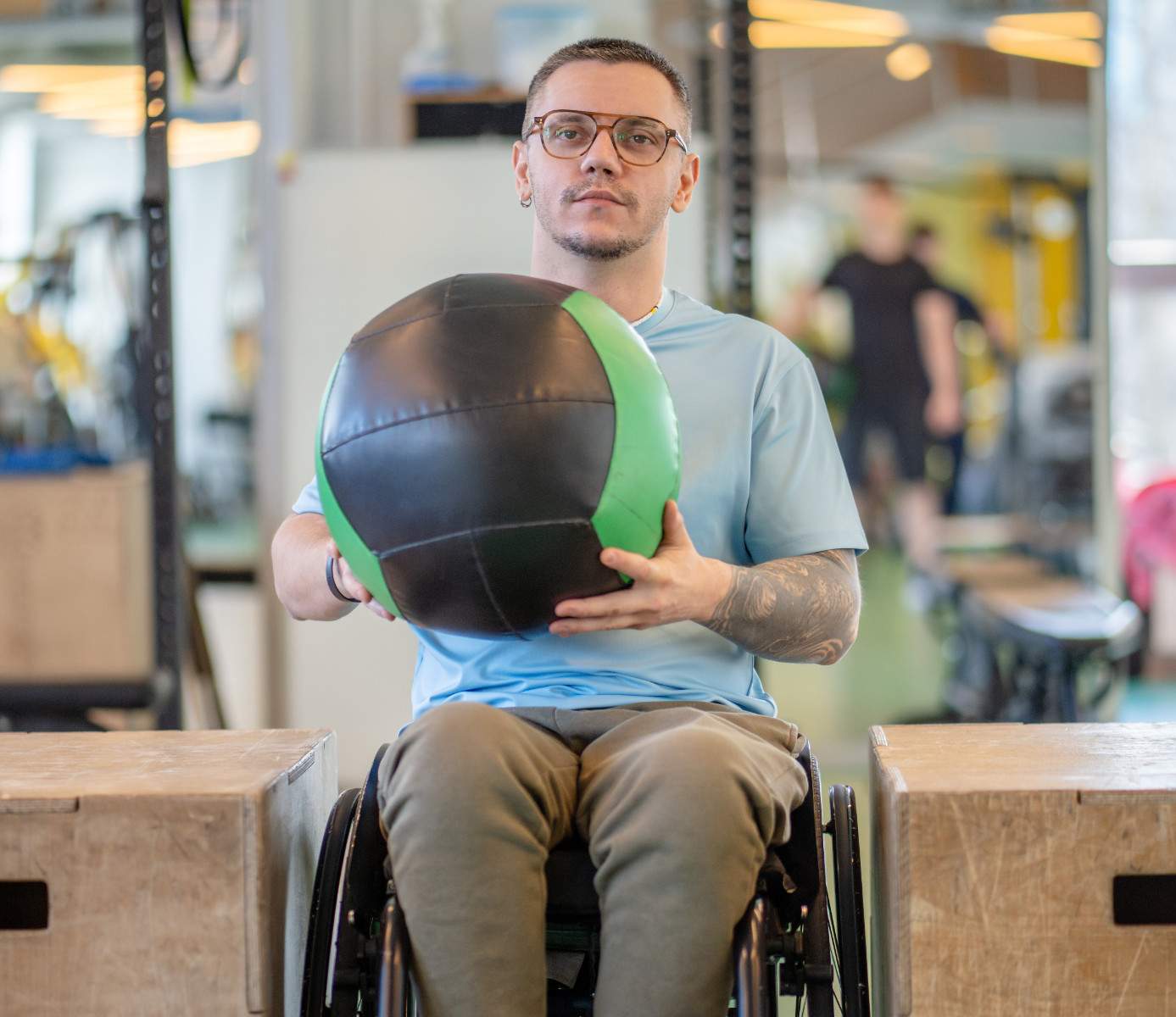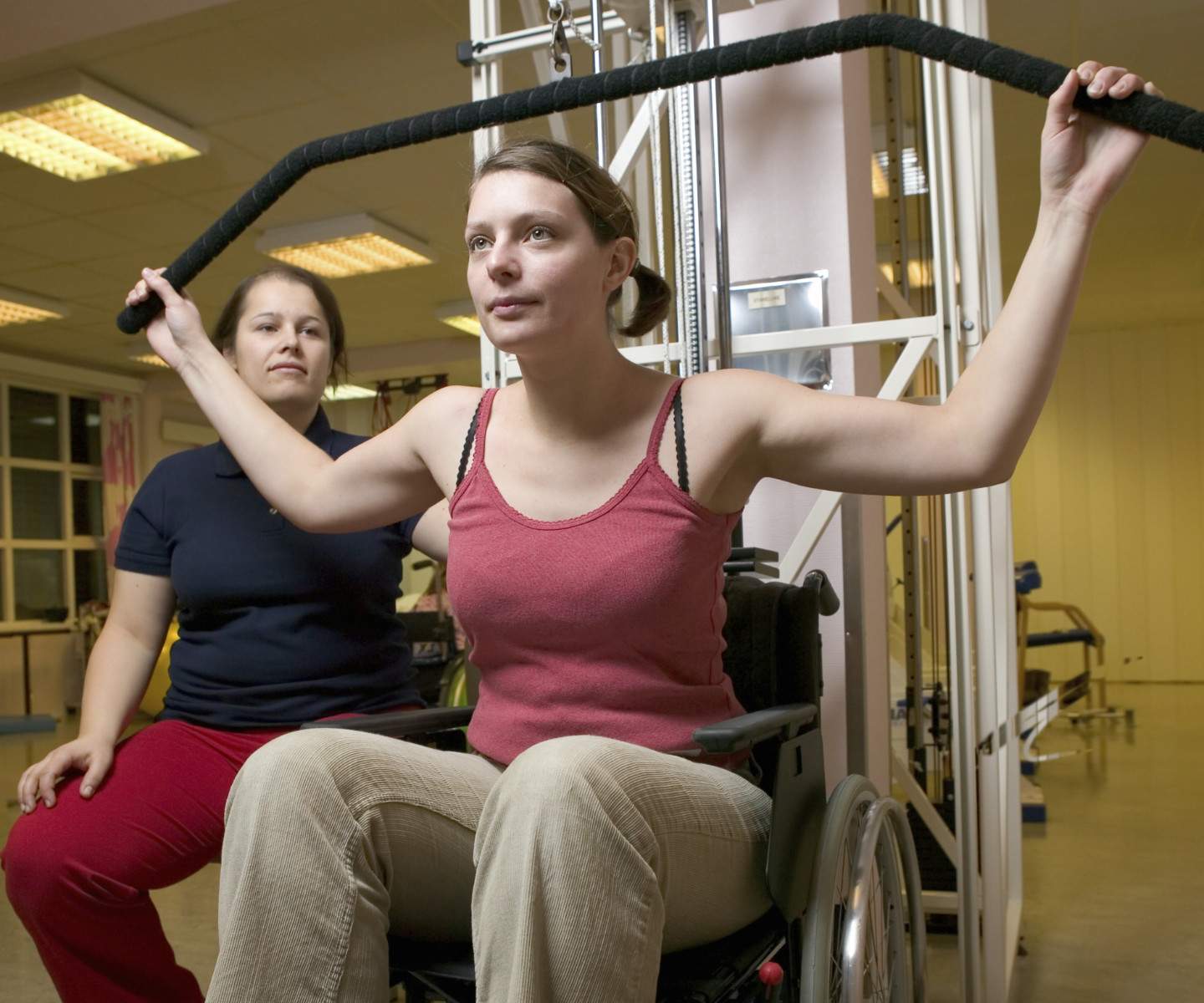What instructors do
Disability fitness instructors design programs for physical, intellectual, and sensory disabilities including cerebral palsy, spinal cord injuries, autism, vision or hearing impairments, and chronic conditions.
They assess fitness, review medical history, tailor exercise with adaptive equipment and modifications, and progress your plan while maintaining safety at every step.
In Australia, instructors typically hold Certificate III or IV in Fitness plus training in disability support and exercise prescription for special populations.
9 Steps To Shed 5-10kg In 6 Weeks
Includes an exercise plan, nutrition plan, and 20+ tips and tricks.
Download FreeAustralia pricing
Expect $80–$150 per session for disability-focused training in Australia, typically offered in 30- or 60-minute formats depending on goals and tolerance.
Typical pricing breakdown
- One-on-one sessions: $80–$150 per hour
- Small group sessions: $35–$60 per person per hour
- NDIS-funded sessions: Rates vary based on your plan and approvals
Many Australian trainers accept NDIS when fitness supports are listed under Capacity Building for independence-focused outcomes such as mobility and daily activity tolerance.
Using NDIS funding
Yes—NDIS can pay for fitness training from your Capacity Building budget when goals specify strength, mobility, balance, or independence improvements.
What you’ll need
- Exercise or fitness supports listed in your plan
- A trainer who is NDIS registered or willing to work with plan-managed participants
- Clear goals that training directly supports
Also review NDIS Funded Exercise Programs for how budgets, pricing, and approvals work so sessions align with Capacity Building outcomes.
Trainer qualifications
Look for Certificate III/IV in Fitness, current First Aid and CPR, disability-specific training, NDIS Worker Screening (for funded work), and professional indemnity insurance.
Experience that matters
- Direct experience with your condition (e.g., SCI, CP, autism)
- Membership with Fitness Australia or Physical Activity Australia
- Allied health background for complex needs (EP, Physio, OT)
Where to train in Melbourne
Options include private studios with accessible equipment, community leisure centres, mobile in-home services, and hydrotherapy pools for aquatic exercise.
Melbourne-based instructors commonly service St Kilda, Brighton, Elsternwick, and Caulfield, with many mobile providers including up to ~10km travel without extra fees.
Your first session
The initial 60–75 minute session focuses on assessment rather than intensity to ensure safety and a tailored plan that matches your goals and capabilities.
What to expect
- Health history review (15–20 minutes)
- Movement assessment (10–15 minutes)
- Goal discussion (5–10 minutes)
- Light exercise to gauge tolerance (15–20 minutes)
- Program planning and next steps (≈10 minutes)
How often to train
Training two to three times per week delivers the best outcome curve for strength, mobility, and independence; once weekly generally maintains rather than builds capacity.
Between sessions, instructors often prescribe short home routines to accelerate progress without increasing paid contact time.
Home vs gym
Home training offers privacy, convenience, and direct carryover to daily environments; gym training adds equipment variety and social motivation in accessible spaces.
Many clients combine both: two gym sessions weekly plus one home session to balance access, variety, and energy management.
Expected results
Noticeable improvements usually appear within 6–8 weeks, with typical 12-week outcomes including 30–40% strength gains, better balance, reduced fatigue, and improved confidence.
A consistent 12-week plan with 2–3 supervised sessions plus brief home work yields the most reliable improvements in function and independence.
Frequently asked questions
Do I need a doctor’s clearance?
Yes—obtain medical clearance to confirm safety and any precautions; share medications and recent reports with your instructor before training.
Can I train if I use a wheelchair?
Yes—programs can be fully seated or mixed, focusing on upper body strength, trunk stability, and cardio using bands, cables, medicine balls, and ergometers.
Can I train in a group?
Small group sessions (2–4 clients) lower costs and add social support when abilities and goals are well matched.
What if I have bad days?
Good instructors flex the plan—modifying volume, intensity, or modality—or reschedule without penalty policies designed for fluctuating health.
How do I judge trainer quality?
Seek instructors who listen, explain rationales, progress cautiously, and adapt based on your feedback and measurable outcomes.

